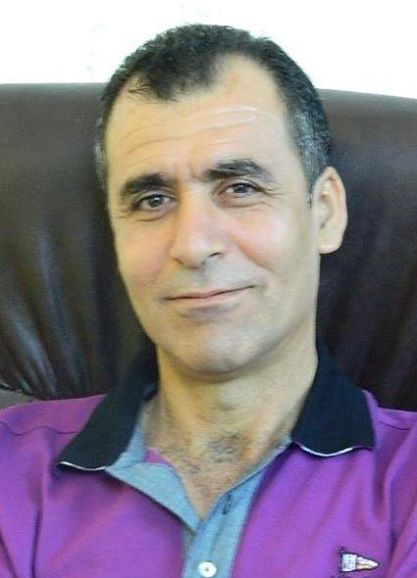While rhetoric that a political solution is the only possible solution in Syria has not changed, the meaning of the political solution has changed dramatically. The shift in the meaning reflects the shift in the nature of the conflict itself, from a struggle against an impenetrable political regime, a struggle between Syrians to shift power relations and dynamics in society, to a struggle driven by the attempt to change the balance of regional influence and power. It went from being an "internal revolution" drawing upon foreign support to being a "foreign revolution" drawing upon internal support, when the outsiders shifted their role from supporters and assisters to participants and leaders.
At first, a political solution involved changing the internal structure of governance in Syria and making it more responsive to political dynamics in society via peaceful mechanisms. It meant freeing the state from power and striking down the deadly illusion that power means guardianship of the people and ownership of the country, and destroying the concept of "eternal" leadership, which runs rampant amongst aspiring leaders and their followers. A political solution meant to modernize the state in theory and praxis.
Violence, however, was what caused a deep shift in the meaning of a political solution. The regime and its allies were able to achieve this transformation behind the backs of the Syrian actors in the conflict, while keeping up appearances and pressing for a political solution -- a solution with a fundamental change in substance. The fundamental change was to include the regime as a constant against the opposition or anything else. The understanding of political solution went from a total change of the system, on the grounds that the Asadist authoritarian regime was responsible for the conflict, to the necessity to negotiate with the regime, developing external relations between the negotiating parties, with a compromise that does not affect the fundamental nature of each.
The issue at hand is no longer about changing the regime, which was the goal of the revolution, but about instituting a change with the regime, which is the goal of negotiations. Change with the regime ultimately means enabling the regime to bypass the changes and continue as it was.
This shift is a natural progression following another transition, which gave the conflict a geographic nature: the struggle for land and domination, and not the struggle over the concepts of governance and power. While the armed struggle to expel the regime and liberate land could have also been a political project, there was no sophisticated mechanisms of rule established that differentiated them from the regime’s rule.
Rather the systems of governance that were established were somehow more regressive than the regime’s, which transformed the conflict into a foreign conflict that could only be handled by force. This created conditions that were ripe for the emergence of "patriots" contaminated by sectarianism and fighting with the same attitude as though they were fighting international battles. Hence, these conditions undermined the common Syrian identity.
And thus was the fragmentation of the conflict in Syria: no longer focused on changing the system in its entirety, there are now other conflicts. There is conflict between the Kurds and all those who stand in the way against their wish for self-determination; the Kurds are grasping at what they can in the present Syrian state -- which can offer much less than what they want -- with reverberating repercussions on the conflict at large.
There is then the Syrian Arab conflict which is dominated by Sunni Islamists and jihadists whose purpose is the establishment of an impossible Islamic state that is incompatible with Syria's religious and sectarian pluralism. These struggles, of course, are not complementary but oppositional struggles. Within each of the aforementioned, there are also internal struggles. Amidst all this, the first struggle against the regime for liberation was crushed.
The Syrian regime and its allies have forced "political solutions" by isolating rebel-held areas, besieging and bombarding them, then "evacuating" them as has been done in Darayya, Zabadani, Madaya, and soon in Muʿadamiyah, and perhaps in Duma and Al-Waʿer after. This would not have been possible had the regime not dismantled the political demands of the conflict relating to tyranny.
This reflects the reality of the military control over the political realm. Trading in political revolution for militarism means that the initial goal of the revolution would be replaced by foreign goals. This is due to the fact that only outside money can sustain militarism and is always at the expense of the original goals of the revolution.
Rhetoric about a political solution in Syria today means reaching a settlement of the conflict of interests of the active States in the conflict. There is no more talk of a democratic change; change itself has been condensed into the discourse about changing the head of state, and the fate of the head of state has become a subject to foreign debate, just like other subjects.
The writer’s opinions do not necessarily reflect SyriaUntold’s views.




